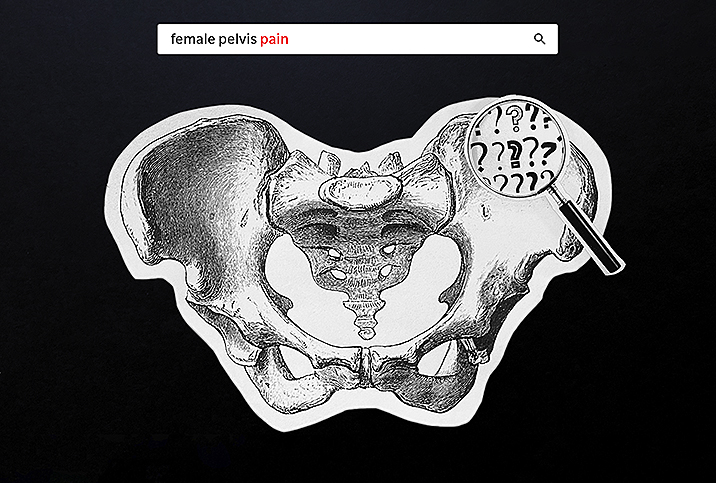Kegel Exercises for Men

I know what you’re thinking: “Aren’t those for women?” But before you get stuck on that question, let me clarify that, yes, women do them, but so should you. Guys, it’s time to practice your pelvic thrusts.
Also known as pelvic floor muscle training (PFMT), Kegel exercises work the pelvic floor, a collection of muscles between your pubic bone and tailbone. Kegels can be done anywhere, anytime, and have impressive results in improving tone and support for surrounding organs.
Kegel exercises are commonly recommended for and practiced by women after childbirth. The birthing process can do a number on a new mother’s body, and these exercises help build back strength, address incontinence by improving bladder control, and prevent or improve issues with prolapse of the uterus.
However, the pelvic floor muscles are susceptible to stretching and weakening in both sexes with age. Kegel exercises, therefore, are also key for men to ensure proper functioning of this small but important muscle group.
The benefits of Kegels for men
In men, Kegel exercises support bladder function and reduce incontinence issues common with aging. They also speed up recovery after prostate surgery, reduce urinary problems associated with weight gain, may treat erectile dysfunction and premature ejaculation, and may help men last longer in bed. A 2014 study found that practicing Kegel exercises for just 12 weeks improved stamina in 82.5 percent of male participants, and research indicates particularly good results for men younger than 35. This is because Kegels strengthen the muscles that support erections and improve blood flow to the penis.
How to ‘Kegel’
First, talk to your doctor before you attempt Kegel exercises. They work well for most people, but there is a subset of folks with pelvic floor disorders for whom, ironically, these may be detrimental. Once you have your doctor's approval, you’ll need to “locate” your pelvic floor muscles.
There are multiple methods but the easiest way is during urination. While peeing, try to stop the flow by clenching the muscles around your urethra. You’ll also want to clench around your anus, as if trying to hold in flatulence. Feel those muscles that are tightening? Those are your pelvic floor muscles.
If you’re having trouble finding them, try placing a finger or two behind your testicles, in front of your anus, while stopping the flow of urination. You should feel the muscles contracting. OK, no need to do that again. Your body doesn’t like you interrupting urination, but now you’ve found these key muscles.
Flex that muscle and no others. Not your glutes, your abs or anything else. To perform Kegels, contract those pelvic floor muscles, release, then repeat. Contract and release for a count of four each. You can also explore variations in speed. Complete three sets of 10 reps. You should expect results within a few weeks to a few months.
Use your new Kegel skills in bed
To prevent premature ejaculation, squeeze your pelvic floor muscles during sex for three seconds. This will help slow things down when you feel you’re getting close, and may even make your orgasms more intense and last longer. These may take time to get just right, but they’ll work wonders for your love life.
Final tips
No matter your age, men, it’s a good idea to make Kegel exercises part of your daily routine. Practice while you’re driving, sitting at your desk or lounging on the couch. Use apps such as Stamena (iPhone) or Kegel Trainer (Android only) to help count your reps.
Just five minutes of dedication to these muscle contractions can improve your bladder and bowel control—you’ll be happy about this one day—and may ignite better sex, improving your stamina and possibly providing increased sensitivity and more intense orgasms.
That’s definitely worth five minutes.

















